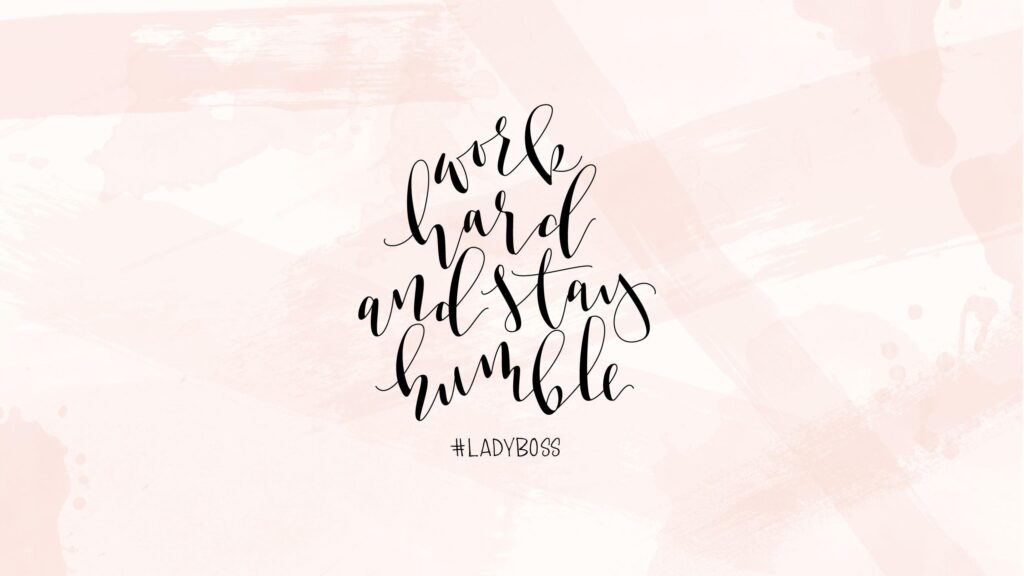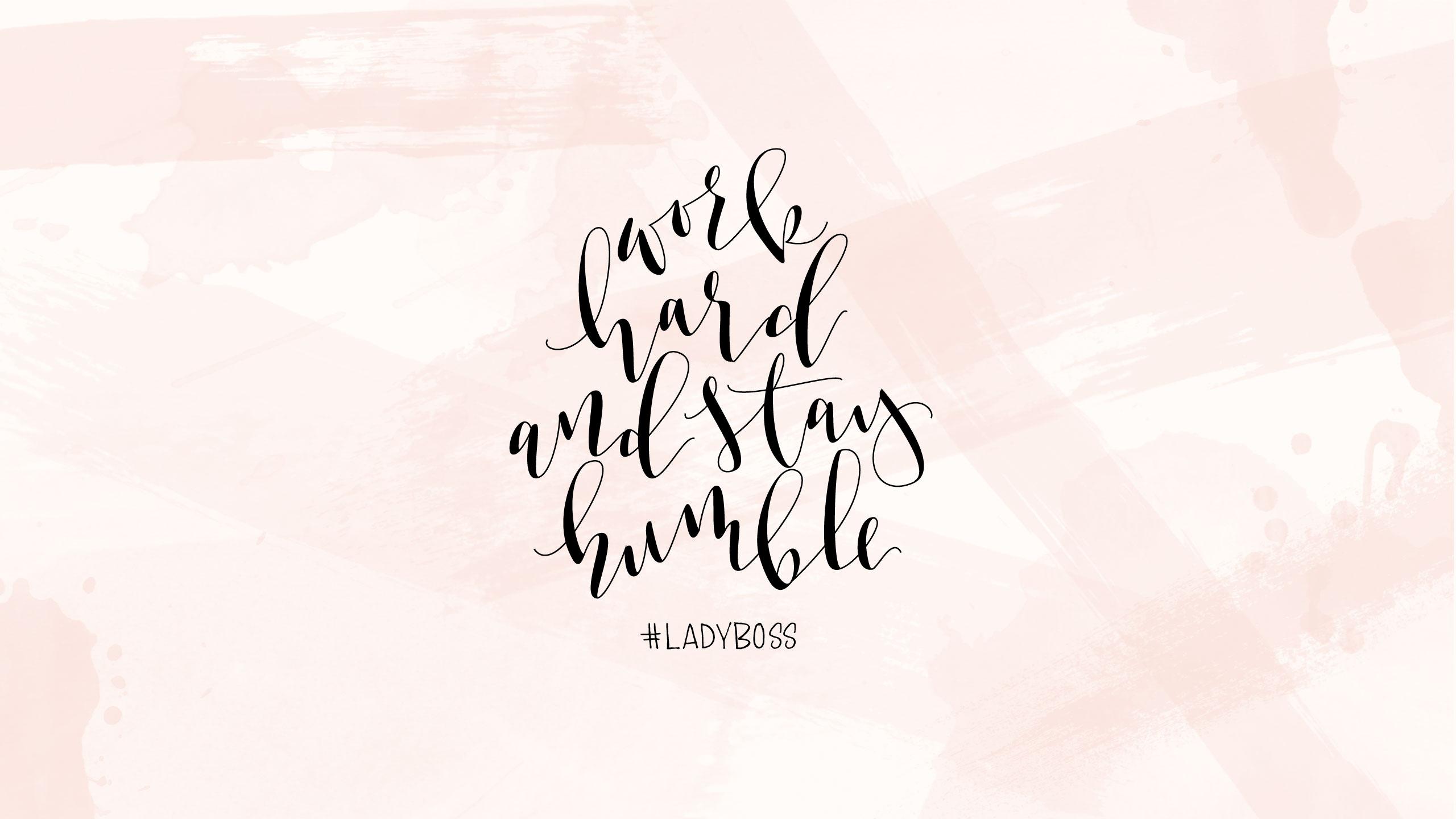
Mastering Cue Work: A Comprehensive Guide to Effective Communication
In any collaborative endeavor, effective communication is paramount. Whether it’s a theatrical performance, a business presentation, or a simple conversation, the ability to understand and respond to cues is crucial for success. This article delves into the art and science of cue work, exploring its various facets and providing practical strategies for mastering this essential skill.
Cue work, in its broadest sense, refers to the process of recognizing and reacting appropriately to signals, prompts, or indications within a given context. These cues can be verbal, non-verbal, or environmental, and they serve as triggers for specific actions or responses. Understanding cue work is essential for fostering seamless interactions and achieving desired outcomes.
Understanding the Fundamentals of Cue Work
At its core, cue work involves three key elements: observation, interpretation, and response. First, individuals must be attentive and observant, actively seeking out cues within their environment. Second, they must accurately interpret the meaning and significance of these cues, drawing on their knowledge, experience, and contextual awareness. Finally, they must respond appropriately, adjusting their behavior or actions based on their interpretation of the cue.
Let’s break down each of these elements in more detail:
Observation: Tuning into the Signals
Effective observation requires a heightened sense of awareness and a willingness to actively scan the environment for relevant cues. This involves paying attention to both verbal and non-verbal communication, as well as environmental factors that may provide valuable information. For example, in a business meeting, observing body language, tone of voice, and facial expressions can provide insights into the underlying attitudes and emotions of participants. Similarly, noticing changes in lighting, temperature, or background noise can signal shifts in the environment that require adjustments in behavior. Developing keen observational skills is the foundation of strong cue work.
Interpretation: Deciphering the Meaning
Once a cue has been observed, the next step is to interpret its meaning accurately. This requires drawing on a range of cognitive skills, including critical thinking, pattern recognition, and contextual analysis. It’s important to consider the source of the cue, the surrounding circumstances, and any relevant background information. For instance, a sudden pause in a conversation could indicate disagreement, confusion, or simply a need for reflection. The ability to interpret cues accurately is crucial for making informed decisions and responding effectively. Understanding cultural nuances also contributes significantly to accurate interpretation. What might be considered acceptable cue work in one culture could be misconstrued in another.
Response: Acting on the Information
The final element of cue work is responding appropriately to the interpreted cue. This involves adjusting behavior, taking action, or communicating in a way that is aligned with the perceived meaning of the cue. The specific response will depend on the context, the nature of the cue, and the desired outcome. For example, if a speaker notices that their audience is losing interest, they might adjust their delivery style, incorporate more engaging content, or solicit feedback to regain attention. Effective cue work involves a flexible and adaptive approach to communication and interaction.
Types of Cues in Cue Work
Cues can be categorized in various ways, depending on their nature and function. Here are some common types of cues encountered in cue work:
- Verbal Cues: These include spoken words, tone of voice, volume, and pace of speech. Verbal cues provide direct information and can be used to convey specific instructions, requests, or feedback.
- Non-Verbal Cues: These include body language, facial expressions, gestures, posture, and eye contact. Non-verbal cues often convey emotional states and attitudes and can provide valuable insights into the speaker’s underlying message.
- Environmental Cues: These include physical surroundings, lighting, temperature, noise levels, and other environmental factors that can influence behavior and communication.
- Contextual Cues: These include the social, cultural, and historical context in which communication takes place. Contextual cues provide a framework for interpreting the meaning of other cues and understanding the overall situation.
Improving Your Cue Work Skills
Mastering cue work requires deliberate practice and ongoing self-reflection. Here are some strategies for improving your cue work skills:
Practice Active Listening
Active listening involves paying close attention to both the verbal and non-verbal cues being communicated by the speaker. This includes maintaining eye contact, nodding to show understanding, asking clarifying questions, and summarizing key points. By actively listening, you can gain a deeper understanding of the speaker’s message and improve your ability to respond appropriately. [See also: The Art of Active Listening]
Develop Your Emotional Intelligence
Emotional intelligence is the ability to recognize, understand, and manage your own emotions, as well as the emotions of others. Developing emotional intelligence can help you to better interpret non-verbal cues and respond with empathy and sensitivity. This is particularly important in interpersonal interactions and team settings. Recognizing subtle shifts in emotional states is a crucial aspect of cue work.
Seek Feedback
Ask for feedback from trusted colleagues, friends, or mentors on your communication skills. Request specific feedback on your ability to observe, interpret, and respond to cues in different situations. This feedback can provide valuable insights into your strengths and weaknesses and help you to identify areas for improvement. Constructive criticism is invaluable in refining your cue work abilities.
Practice Mindfulness
Mindfulness involves paying attention to the present moment without judgment. By practicing mindfulness, you can become more aware of your own thoughts, feelings, and sensations, as well as the cues being communicated by others. This heightened awareness can improve your ability to observe cues accurately and respond with intention. A mindful approach to cue work enhances both accuracy and effectiveness.
Role-Playing Exercises
Participate in role-playing exercises to practice your cue work skills in a safe and controlled environment. Role-playing allows you to experiment with different communication styles and responses and receive immediate feedback on your performance. This is a valuable tool for developing confidence and competence in handling a variety of situations. [See also: Effective Role-Playing Techniques]
Cue Work in Different Contexts
The principles of cue work are applicable in a wide range of contexts, including:
- Performing Arts: In theater, dance, and music, cues are essential for coordinating performances and ensuring seamless transitions between scenes or movements.
- Business: In business settings, cues are used to manage meetings, negotiate deals, and provide feedback to employees. Effective cue work can improve communication, collaboration, and productivity.
- Healthcare: In healthcare, cues are used to assess patients’ conditions, communicate treatment plans, and provide emotional support. Accurate cue work is crucial for delivering high-quality care and building trust with patients.
- Education: In education, cues are used to manage classrooms, engage students, and assess their understanding of the material. Effective cue work can create a positive learning environment and improve student outcomes.
- Personal Relationships: In personal relationships, cues are used to communicate emotions, resolve conflicts, and build intimacy. Understanding and responding to cues is essential for maintaining healthy and fulfilling relationships.
The Importance of Cultural Sensitivity in Cue Work
It’s important to recognize that cues can vary significantly across cultures. What might be considered an appropriate cue in one culture could be misinterpreted or even offensive in another. For example, eye contact, gestures, and personal space preferences can differ widely across cultures. Developing cultural sensitivity is essential for effective cue work in diverse settings. This involves learning about different cultural norms and customs, as well as being mindful of your own biases and assumptions. [See also: Cultural Sensitivity in Communication]
Conclusion: Mastering the Art of Connection
Cue work is a fundamental skill that underpins effective communication, collaboration, and relationship building. By developing your ability to observe, interpret, and respond to cues, you can improve your interactions, achieve your goals, and foster stronger connections with others. Whether you’re a performer, a business professional, a healthcare provider, an educator, or simply someone who wants to improve their relationships, mastering cue work is an investment that will pay dividends throughout your life. The ability to effectively utilize cue work sets individuals apart in both personal and professional spheres.

